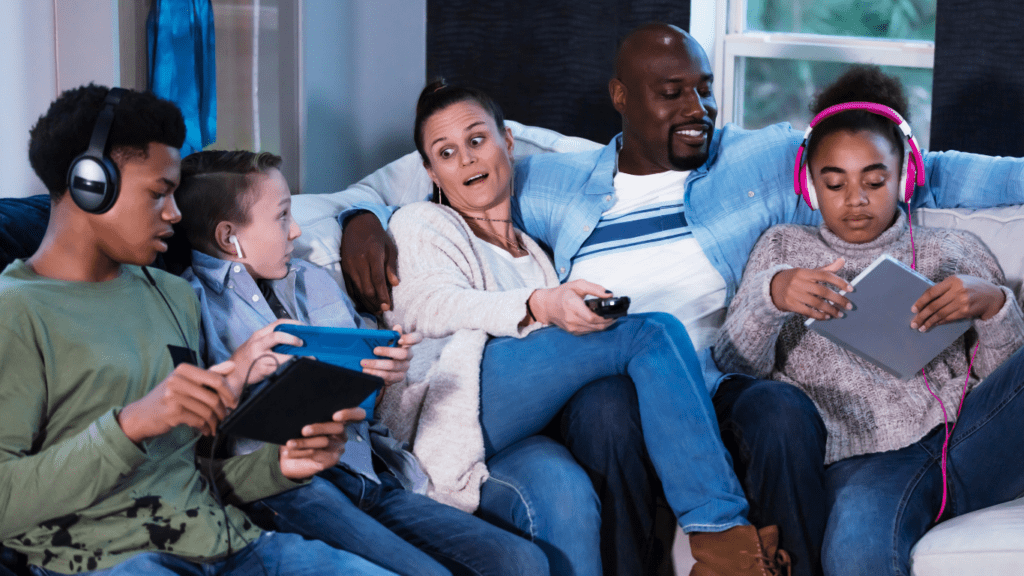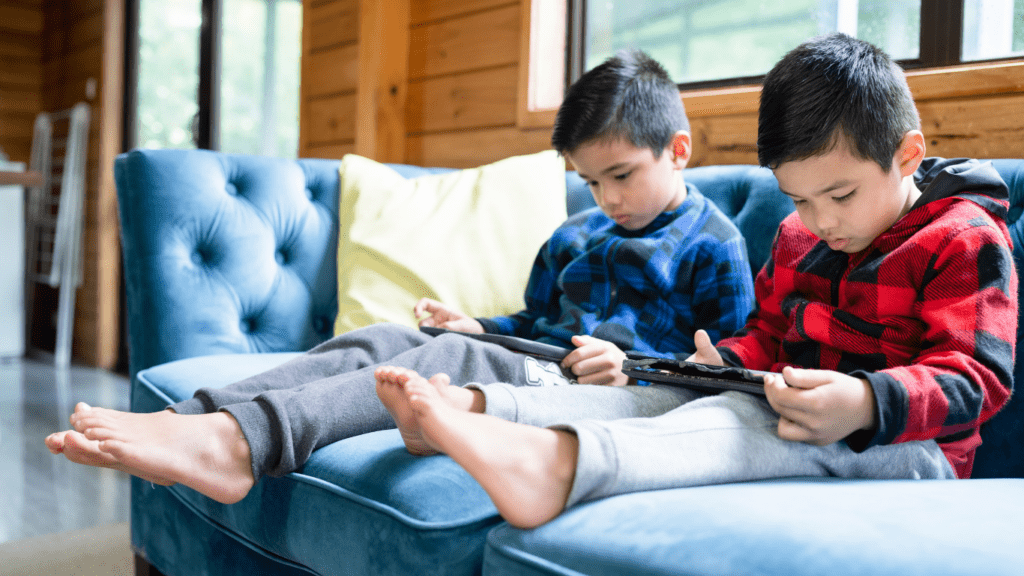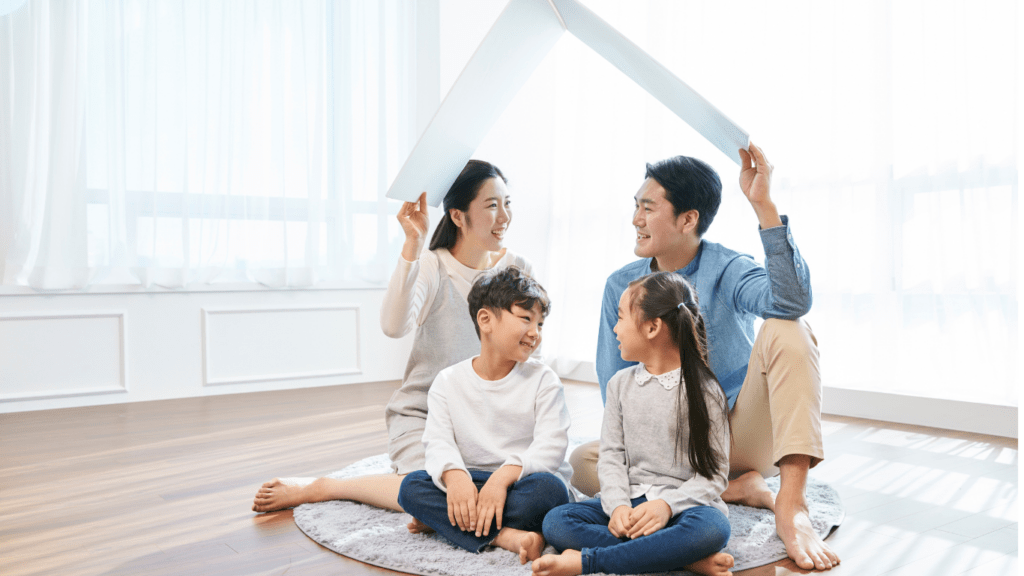In today’s digital world, screens are everywhere—whether it’s for work, staying connected, or unwinding with entertainment. I’ve noticed how easy it is to lose track of time scrolling, streaming, or replying to notifications. While technology has its perks, too much screen time can quietly take a toll on our mental and physical well-being.
Understanding Screen Time and Its Impact
Screens dominate modern life, influencing how I work, communicate, and relax. While they bring convenience, their overuse can result in notable consequences.
The Rise of Digital Dependency
Increased device accessibility drives digital dependency. Smartphones, tablets, and computers have integrated into nearly every aspect of daily routines. According to Statista, the average American spends over seven hours daily on screens. This enhances efficiency but fosters habits like constant scrolling and frequent notifications, making disconnecting difficult.
Physical and Mental Health Implications
Extended screen use strains the body and mind. Prolonged exposure can lead to digital eye strain, causing symptoms such as headaches and blurred vision. Research from the CDC links excessive screen time to sedentary behaviors, increasing the risk of obesity and other health conditions. Mentally, excessive use correlates with sleep disruption due to:
- blue light exposure
- heightened stress
- reduced attention spans
Social and Emotional Consequences
Screens influence interpersonal connections and emotional well-being. Spending excessive hours on devices reduces face-to-face interactions, weakening meaningful relationships. Social media amplifies comparison and inadequacy, affecting self-esteem. A 2022 Pew Research study found that heavy social media users reported higher levels of loneliness compared to lighter users. Balancing screen use helps prioritize authentic connections and emotional health.
Benefits of Screen Time When Used Wisely

Using screens thoughtfully can enhance personal growth, foster social connections, and support overall well-being by providing valuable tools and resources.
Educational and Professional Opportunities
Digital platforms expand access to education and career resources. Online courses, like those on Coursera or LinkedIn Learning, help individuals acquire new skills or certifications at their own pace. Virtual collaboration tools like Zoom and Microsoft Teams enable remote work, improving productivity and flexibility. Networking through professional platforms like LinkedIn strengthens career development.
Staying Connected in a Digital World
Screens enable instant communication, bridging geographical distances. Video calls via platforms like FaceTime or WhatsApp allow families and friends to maintain relationships. Social media helps individuals engage with communities, hobbies, or global conversations. These tools foster a sense of belonging and emotional support in a highly interconnected era.
Access to Wellness and Fitness Resources
Digital tools promote healthier lifestyles by providing fitness and wellness guidance. Apps like MyFitnessPal and Fitbit encourage goal tracking, healthier eating, and physical activity. Video tutorials or live classes on platforms like YouTube simplify access to exercises, such as yoga or HIIT. Mental health apps like Headspace make mindfulness practices more accessible, supporting emotional well-being.
Strategies for Finding a Healthy Digital Balance
Achieving a healthy relationship with screen time involves intentional actions and consistent habits. I focus on strategies that support well-being while maintaining the benefits of technology.
Setting Boundaries and Establishing Limits
- I limit my screen use by setting clear time restrictions and sticking to them.
- I designate device-free hours during meals and at least one hour before bedtime to reduce exposure to blue light.
- I also use features like app timers and “Do Not Disturb” modes to minimize distractions and prevent overuse.
- These measures help me avoid prolonged screen sessions and keep my digital habits under control.
Incorporating Screen-Free Activities
I balance screen time with engaging offline activities. Reading physical books, spending time outdoors, or pursuing hobbies like painting or cooking allow me to disconnect and recharge. Scheduling regular exercise, like yoga or walking, improves my physical health and provides a mental break from screens. By prioritizing these activities, I create more opportunities for meaningful connections and personal growth outside the digital world.
Practicing Mindful Technology Use
I approach technology use with intention. Instead of aimlessly scrolling or multitasking with multiple devices, I focus on purposeful activities like learning through online courses or connecting with loved ones via video calls. I regularly evaluate my digital habits to ensure they’re aligned with my personal goals and well-being. Tools like digital well-being apps help me monitor screen time and make necessary adjustments to stay on track.
Tools and Apps for Managing Screen Time
Digital tools and apps make it easier to monitor and reduce excessive screen time. I rely on specific features and applications that support healthier digital habits.
Features to Track Usage
I find built-in screen time tracking tools invaluable for gaining insights into my habits. Features like Apple’s Screen Time and Android’s Digital Wellbeing show daily and weekly usage reports, including time spent on specific apps and the number of device pickups. These tools let me set app limits, schedule downtime, and receive notifications when I exceed predefined usage thresholds. Additionally, YouTube and Instagram now have in-app time trackers, which help me manage engagement on social platforms.
Applications Promoting Work-Life Balance
I use apps designed to separate work from personal time and encourage focused, productive usage. Forest gamifies focus by growing virtual trees as I complete tasks without checking my phone. RescueTime tracks my activities and categorizes them, helping me understand where my time goes each day. Apps like Focus@Will offer background music to improve concentration, while Teams and Slack allow me to set boundaries by muting notifications after work hours. I also use Calm and Headspace to incorporate mindfulness into my routines, reducing stress caused by overuse of digital devices.





